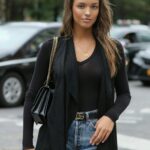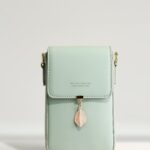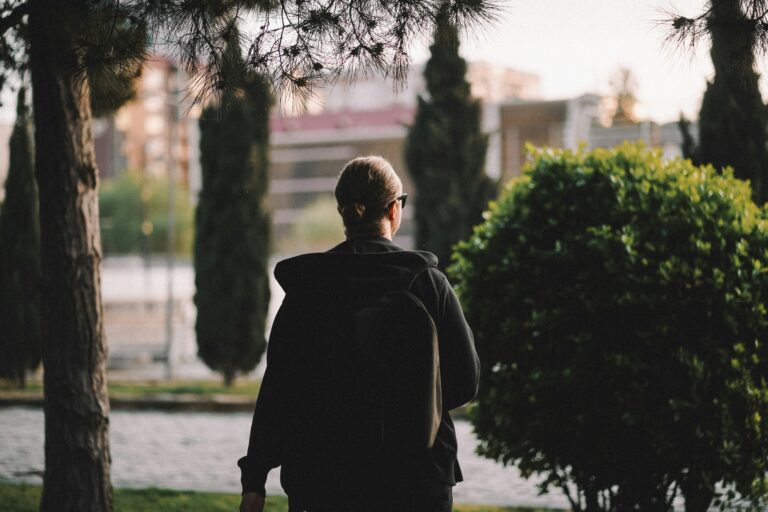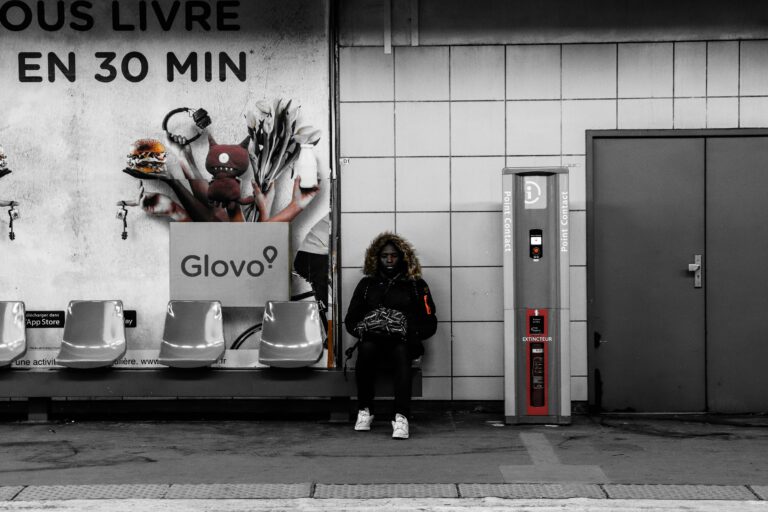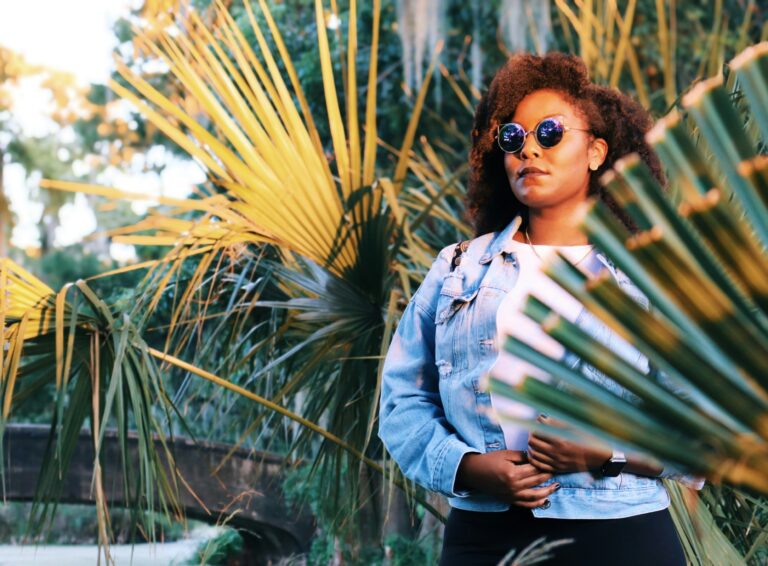Discover the rich heritage and contemporary impact of Native American clothing designers and indigenous fashion icons who blend tradition with modern elegance.
Indigenous Elegance: A Complete Guide to Native American Clothing Designers & Indigenous Fashion Icons
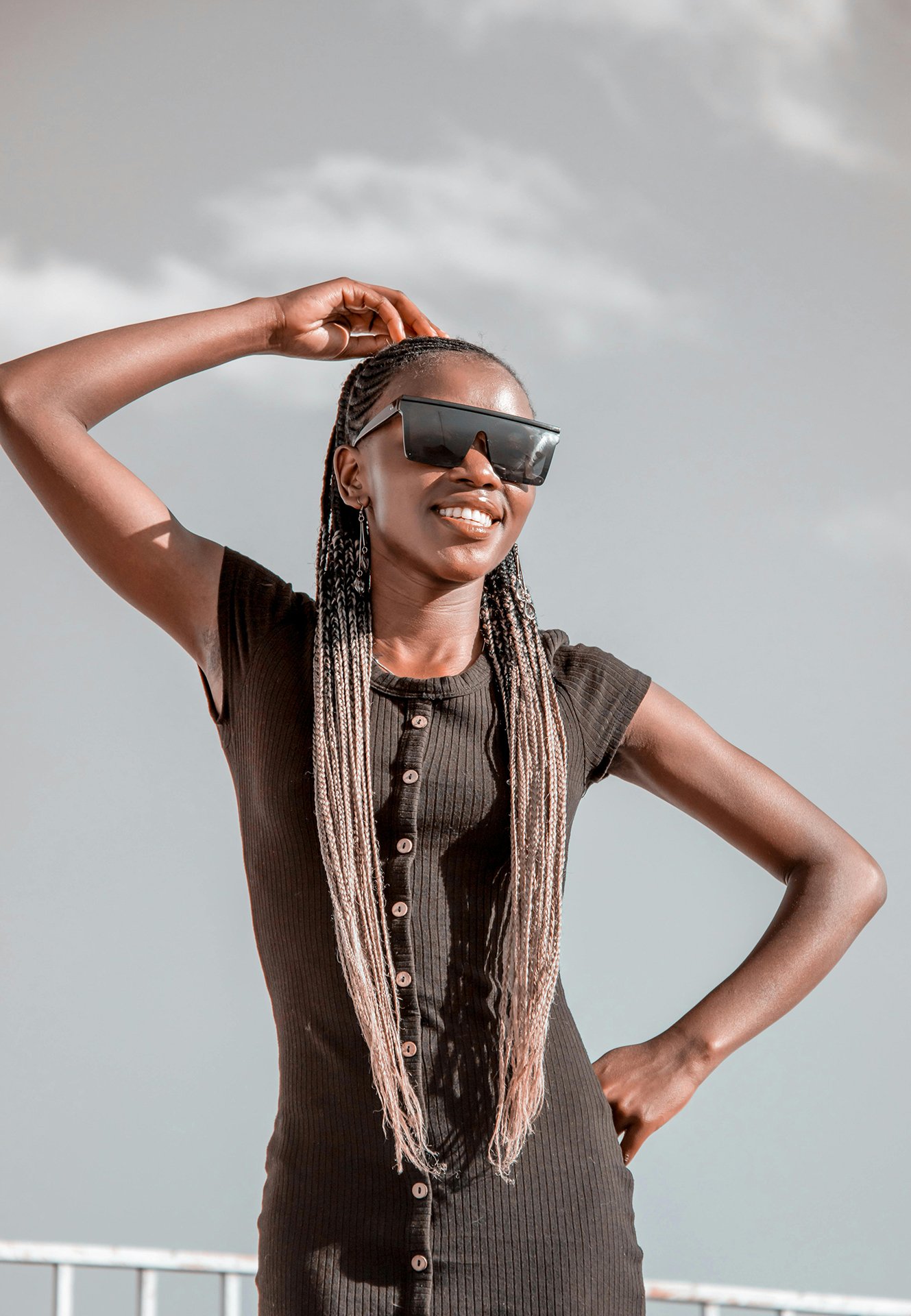
The resurgence of Native American fashion designers and Indigenous clothing creators in the mainstream is more than a trend — it’s a movement. Rooted in cultural pride, storytelling, and sustainability, Indigenous fashion blends ancestral traditions with contemporary design.
This guide explores the most notable Native American clothing designers, the rich history behind Indigenous dressmaking, and how these creators are reshaping the American fashion landscape.
Contents
- 1 🔹 What is Native American Fashion?
- 2 🔹 The Rise of Indigenous Fashion Designers in the USA
- 3 🔹 Top Native American Clothing Designers to Know
- 4 🔹 Notable American Indian Dress Designers & Artisans
- 5 🔹 Indigenous Fashion Design Styles
- 6 🔹 Ethical Considerations in Indigenous Fashion
- 7 🔹 Where to Shop Native American Fashion
- 8 🔹 How Native Designers Are Redefining American Fashion
- 9 🔹 Famous American Fashion Designers with Native Collaborations
- 10 📌 FAQs: Native American Clothing Designers & Indigenous Fashion
- 10.1 Q1: Who is the most famous Native American fashion designer?
- 10.2 Q2: Where can I buy authentic Native American designer clothes?
- 10.3 Q3: What’s the difference between Native-inspired and Native-made fashion?
- 10.4 Q4: Are there Native American fashion weeks?
- 10.5 Q5: How can I support Indigenous designers ethically?
- 11 🌟 Final Thoughts: Style with Story, Heritage with Heart
🔹 What is Native American Fashion?
Native American fashion is deeply connected to tribal identity, spirituality, nature, and heritage. While it once included practical garments like buckskin tunics, beaded moccasins, and woven shawls, today’s designers are reinterpreting those aesthetics through:
- Modern silhouettes
- Traditional materials (beads, feathers, leather, quillwork)
- Storytelling patterns (symbols, colors, geometric motifs)
- Cultural activism and eco-conscious production
It’s not costume — it’s couture with deep cultural roots.
🔹 The Rise of Indigenous Fashion Designers in the USA
🔸 From Marginalization to Mainstream
For decades, Native fashion was appropriated by mainstream designers without credit. Now, Indigenous voices are reclaiming the narrative, creating collections that honor tribal histories while building sustainable careers.
The shift has been supported by:
- Fashion shows like Indigenous Fashion Week Toronto & Santa Fe
- Grants from organizations like First Peoples Fund
- Collaborations with global houses (e.g., Nike, Ralph Lauren, Levi’s)
🔹 Top Native American Clothing Designers to Know
1. Bethany Yellowtail (Northern Cheyenne/Crow Nation)
- Founder of B.Yellowtail
- Designs blend modern femininity with tribal prints and Crow aesthetics.
- Advocates for Native representation in fashion and media.
2. Jamie Okuma (Luiseño/Shoshone-Bannock)
- Known for wearable art pieces and high-end beaded couture.
- Designs featured in museum exhibits and Vogue.
- Combines fashion, sculpture, and jewelry into couture storytelling.
3. Sho Sho Esquiro (Kaska Dene/Cree)
- Uses organic materials, such as bark and fur, alongside beadwork.
- Sustainable luxury fashion rooted in activism and Indigenous sovereignty.
- Work shown in New York and Paris Fashion Weeks.
4. Korina Emmerich (Puyallup Tribe)
- Founder of Emme Studio
- Known for bold prints and slow-fashion ethics.
- Vocal advocate for land protection and Indigenous justice.
5. Orenda Tribe by Amy Yeung (Diné/Navajo)
- Specializes in upcycled clothing and youth empowerment.
- Blends vintage Americana with Navajo symbolism.
- Proceeds often fund Navajo relief initiatives.
🔹 Notable American Indian Dress Designers & Artisans
| Designer | Tribe Affiliation | Signature Work |
| Patricia Michaels | Taos Pueblo | Project Runway finalist; flowing earth-toned gowns |
| Loren Aragon | Acoma Pueblo | Founder of ACONAV; combines pottery motifs with red carpet fashion |
| Tonia Jo Hall | Lakota | Known for humorous Native apparel and accessories |
| Delina White | Leech Lake Band of Ojibwe | Founder of IAmAnishinaabe; blends traditional skirts with contemporary flair |
| Disa Tootoosis | Cree | Known for ribbon skirts, moccasins, and traditional accessories |
🔹 Indigenous Fashion Design Styles
Native American fashion is far from monolithic. Each tribe brings unique design languages:
| Tribe/Nation | Fashion Characteristics |
| Navajo (Diné) | Silver and turquoise jewelry, geometric weaving |
| Lakota | Star quilts, feather motifs, traditional regalia |
| Pueblo | Pottery patterns, earthen color palettes, embroidery |
| Ojibwe | Floral beadwork, jingle dresses, ribbon skirts |
| Crow Nation | Bold color layers, beaded designs, vibrant prints |
These styles appear in modern jackets, handbags, skirts, suits, and runway looks — not just ceremonial wear.
🔹 Ethical Considerations in Indigenous Fashion
Supporting Native fashion isn’t just a style choice — it’s a moral imperative in a world where cultural appropriation still dominates fast fashion.
✅ Support Indigenous-owned brands
Avoid mass-market “tribal” prints unless they come from authentic Native creators.
✅ Respect cultural significance
Headdresses, war bonnets, or regalia are sacred — not trends. Avoid using ceremonial pieces as fashion statements.
✅ Choose sustainable brands
Many Native designers prioritize eco-consciousness, upcycling, and ethical sourcing.
🔹 Where to Shop Native American Fashion
- B.Yellowtail Collective – byellowtail.com
- Orenda Tribe – orendatribe.com
- ACONAV – aconav.com
- Jamie Okuma Designs – jamieokuma.com
- IAmAnishinaabe – iamanishinaabe.com
These platforms often include artisan accessories, handcrafted jewelry, and one-of-a-kind garments.
🔹 How Native Designers Are Redefining American Fashion
🔸 Runway Recognition
Native designers now show at:
- New York Fashion Week
- Paris Indigenous Fashion Week
- Indigenous Fashion Arts Festival
🔸 High-Profile Collaborations
- Bethany Yellowtail x Levi’s
- Korina Emmerich x Nike
- Jamie Okuma pieces worn by Deb Haaland (U.S. Secretary of Interior)
🔸 Cultural Education
Many brands include educational storytelling with each garment, teaching consumers about tribal traditions, patterns, and values.
🔹 Famous American Fashion Designers with Native Collaborations
While not Indigenous themselves, some American designers have collaborated respectfully with Native artisans or drawn authentic inspiration:
| Designer | Known For | Native Collaboration? |
| Ralph Lauren | Americana luxury | Long-term collaborations with Navajo Nation |
| Levi Strauss | Denim heritage | Upcycled partnerships with Orenda Tribe |
| Pendleton | Wool blankets & shirts | Collaborates with various tribes for blanket design |
| Eileen Fisher | Sustainable fashion | Promotes artisan upcycling via Native partnerships |
Note: Be aware of “Native-inspired” fashion by non-Indigenous brands. These can veer into cultural appropriation if not executed with proper partnerships and respect.
📌 FAQs: Native American Clothing Designers & Indigenous Fashion
Q1: Who is the most famous Native American fashion designer?
Bethany Yellowtail is one of the most recognized, blending her Crow and Cheyenne heritage with modern fashion in her B.Yellowtail label.
Q2: Where can I buy authentic Native American designer clothes?
Visit Indigenous-owned websites like B.Yellowtail, Jamie Okuma, and Orenda Tribe. Avoid large corporations unless you verify the brand is Indigenous-owned or fairly partnered.
Q3: What’s the difference between Native-inspired and Native-made fashion?
Native-inspired may imitate patterns or use tribal terms, often without permission or credit. Native-made fashion is created by Indigenous people and reflects authentic tribal narratives and techniques.
Q4: Are there Native American fashion weeks?
Yes — including:
- Indigenous Fashion Arts Festival (Toronto)
- Santa Fe Indian Market Fashion Show
- Native Fashion in the City (Denver)
Q5: How can I support Indigenous designers ethically?
- Buy directly from Indigenous-owned brands.
- Share their work online.
- Avoid appropriative trends like warbonnets or tribal prints without origin.
1. Who are some prominent Native American clothing designers today?
Notable designers include Bethany Yellowtail, Herb House, Marques Francisco, and Sean McCormick, who celebrate indigenous culture through fashion.
2. What defines Indigenous fashion?
Indigenous fashion integrates traditional patterns, materials, and storytelling with contemporary styles, reflecting cultural identity and heritage.
3. How do Native American designers honor their heritage in fashion?
They incorporate symbols, beadwork, weaving, and natural materials, often collaborating with tribal communities to preserve traditional craftsmanship.
4. Where can I find Indigenous fashion collections?
Collections are showcased at events like the Native Fashion Now exhibition, Indigenous Fashion Week NYC, and sold through platforms such as Beyond Buckskin and Nativeshop.
5. How is Indigenous fashion influencing the global fashion industry?
It raises awareness of Native cultures, challenges stereotypes, and inspires designers worldwide with unique aesthetics and sustainable practices.
6. Are there fashion awards recognizing Indigenous designers?
Yes, awards like the Native American Fashion Awards and recognition at events such as Indigenous Fashion Week celebrate indigenous talent.
7. How can consumers support Native American designers?
By purchasing authentic pieces, attending indigenous fashion shows, and promoting designers through social media and word of mouth.
8. What challenges do Indigenous designers face?
Issues include cultural appropriation, limited funding, and gaining access to mainstream fashion markets.
9. How does Indigenous fashion blend tradition with innovation?
Designers use modern fabrics and techniques while preserving cultural motifs, creating pieces that honor the past and appeal to contemporary tastes.
10. Where can I learn more about Native American fashion history?
Museums, cultural centers, and books focused on Native American art and fashion provide deep insights into this rich history.
🌟 Final Thoughts: Style with Story, Heritage with Heart
Native American clothing designers aren’t just creating garments — they are cultural ambassadors, activists, and artisans reclaiming fashion from centuries of erasure.
By supporting Indigenous fashion designers, we celebrate identity, history, and artistic sovereignty. These trailblazers are redefining what it means to be an American fashion designer — rooted in land, legacy, and storytelling.

Shikha Singh
Keep in touch with our news & offers
Subscribe to Our Newsletter
Thank you for subscribing to the newsletter.
Oops. Something went wrong. Please try again later.


